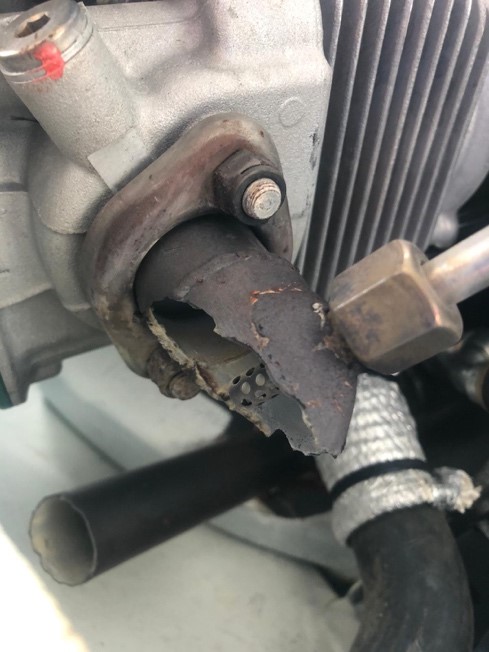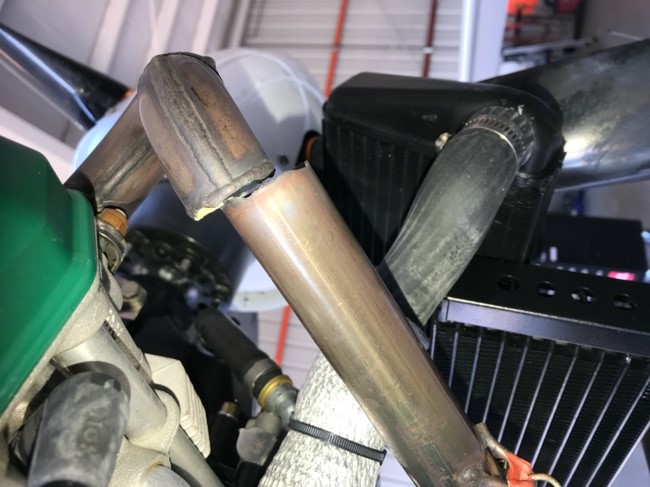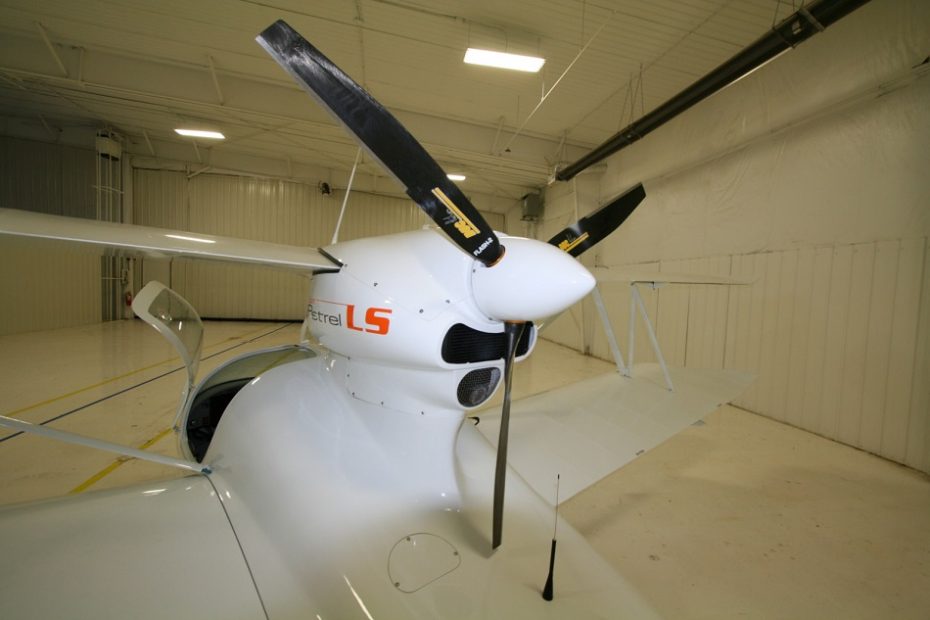Many years ago, the “Beach Boys” wrote a great song about “good vibrations”. Rotax and Scoda do not sing that same tune. When it comes to aircraft engines or airframes, vibration is a bad thing. Let’s talk about Rotax engines propeller vibrations importance.
Your Rotax should operate as smoothly as a Rolex. As pilots, we have all known for years how critically important the engine propeller is in the overall scheme of things. Like we have all heard, when the prop stops turning, the pilot starts sweating. In this case, when the propeller starts vibrating, the pilot should start sweating. With any propeller driven aircraft, the propeller must be balanced to prevent unwanted vibration. You may not detect it on a gauge, see it in the aircraft performance or even feel it in the seat of your pants (kinesthetics).
However, if it’s there, it is damaging the aircraft powertrain. We believe the pusher type of engine installation is even more susceptible to this kind of damage than the tractor. Let’s take a look at the powertrain starting at the airframe firewall then finish at the propeller.
The farther aft of the firewall you go, the greater the effects of propeller vibration. These effects are the same for the Super Petrel, SeaRey, Icon, AirCam and SeaMax, all pushers.
Usually, the first indications are the discovery of broken muffler springs or a cracked exhaust pipe. If allowed to continue, we see the spring connectors hoops cut through by the springs, engine mounts in need of retorquing and even fractured mufflers. The overall consequences range from propeller stress, gearbox wear, engine wear, exhaust system damage to engine mounts in need or retorquing.
“RED FLAG WARNING”. Any cutting, cracking or broken engine parts are usually the result of vibration. Propeller vibration must be maintained at a minimum.
Below is the link to the latest Maintenance Manual at Scoda Aeronautica, LTDA.
http://www.scodaeronautica.com.br/blog_anexos/49463ec7a7faad5f35041b8e644478d8.pdf
The 100 hour Compliance Inspection in the Super Petrel LS maintenance manual calls for dynamic balancing of the propeller each 100 hours (page 12.6). I have seen enough propeller vibration damage in the past four years to be a firm believer in this requirement. So at first blush, one tends to believe a faulty muffler, defective exhaust pipes or defective exhaust springs are at fault. I have had several owners ask how the propeller can get out of balance? Not sure however, they do.
When you perform the once every 12 months or 100 hour Compliance Inspection, insist that the propeller be balanced. There are some very sophisticated and accurate testing units available on the market (DynaVibe) that perform wonderfully. They provide great “bullseye” target printouts for your engine records. The DynaVibe unit we used, allowed us to improve vibrations from a fair 0.16 inches per second (IPS) to an excellent 0.03 IPS at 2500 rpm. Every part of your aircraft will be happier and last longer when vibrations are minimized.
Regardless of what aircraft you own or operate, keeping the propeller balanced will eliminate many problems that will send you down the wrong rabbit hole looking for an answer. The photos below were not the problem, they were the result of a vibration problem.



